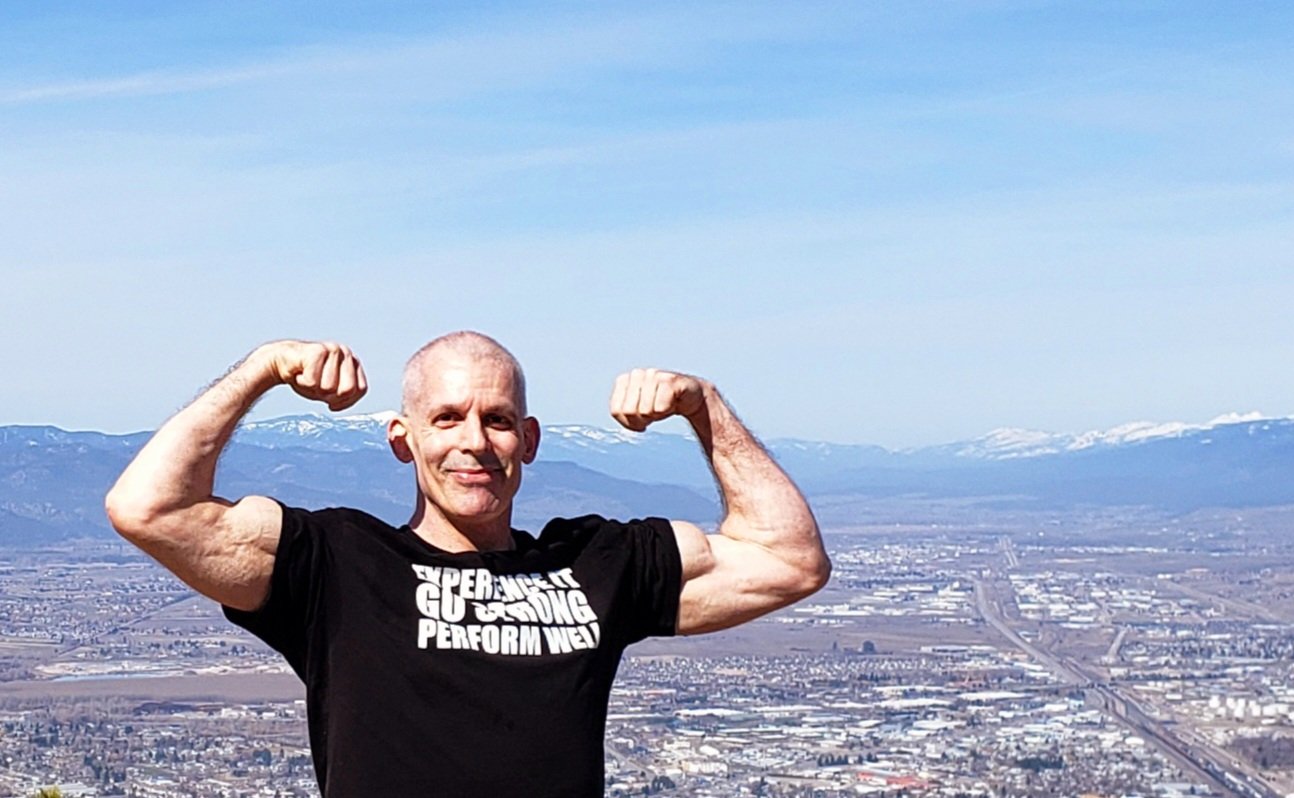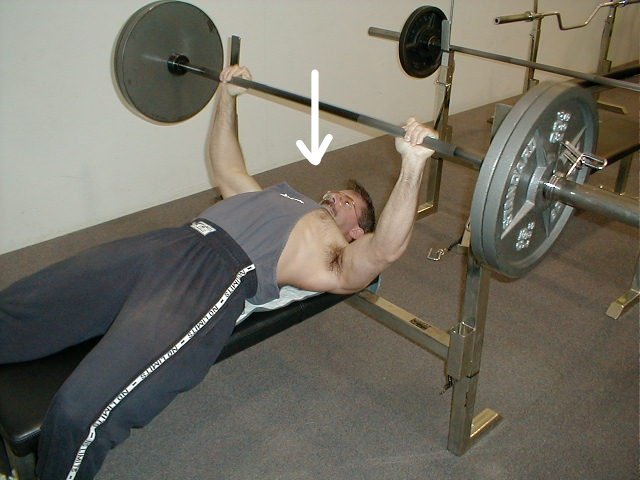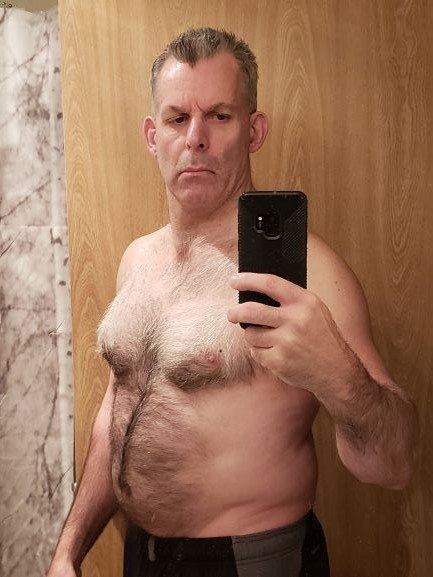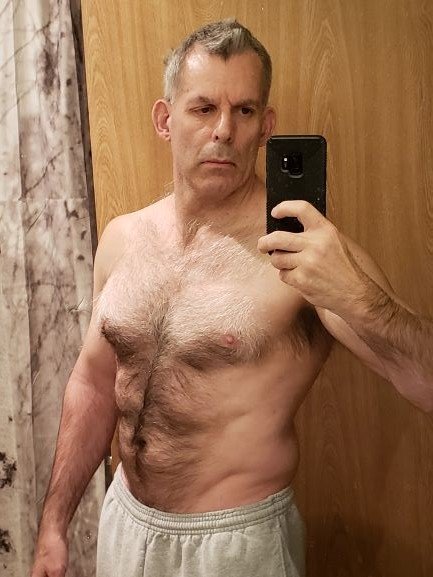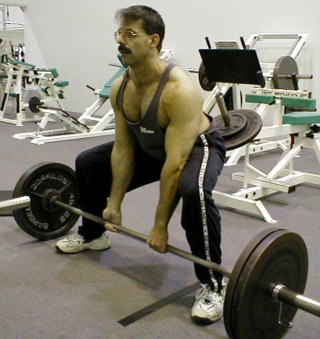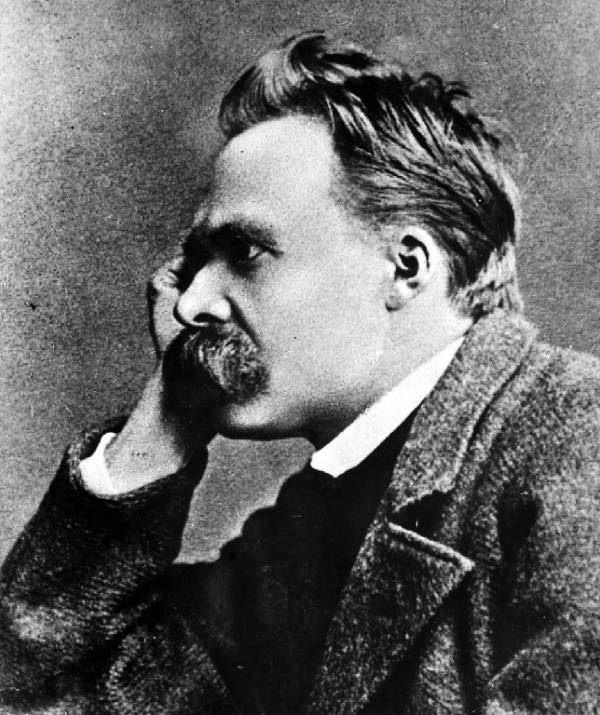Stronger with Age: How Adaptation, Experience, and Resilience Forge Strength Beyond Limitations
When people talk about strength, they often imagine bulging muscles, intense workouts, or youthful energy. But real strength—the kind forged over time—is far deeper. It’s built not just in the body, but in the mind, in the will, and in the quiet, persistent choices we make every day. It’s in the moments when no one’s watching—and in the comeback stories we live through.
I’m over 60 now. I’ve survived testicular cancer not once, not twice, but three times. Each time forced me to rebuild, to re-learn what it means to live in my body. But here’s the surprising truth: I’ve never felt stronger.
This may seem counterintuitive—especially after the toll of illness and age. But strength in later life isn’t always about muscle mass. It’s about adaptation. It’s about experience. It’s about the deepened connection between mind and body, and the smarter, more resilient way we move through the world.
Here’s how age, adversity, and adaptation converge to make us stronger—even after cancer, and even past 60.
1. Neuromuscular Efficiency: Getting More from What You Have
As we age, we may lose some muscle mass—but we gain something else: efficiency.
The nervous system becomes more skilled at recruiting and coordinating muscle fibers, making every movement more precise and controlled.
For cancer survivors, especially, this efficiency is essential. Whether due to post-surgical changes, chemo fatigue, or hormonal shifts, we learn to move smarter—not just harder.
Our bodies adapt to work with what remains. And in many cases, that makes us better.
2. Adaptive Strength: Cancer Builds a New Kind of Toughness
Three battles with cancer changed my body—but also strengthened my mind.
Scar tissue, hormonal imbalances, or physical limitations can restrict movement. But they also force innovation.
We become hyper-aware of stress signals and better at adjusting our training to prevent setbacks.
This is adaptive strength—not brute force, but intelligent, responsive, durable power born out of necessity.
Cancer didn’t just change how I trained. It made me listen more closely to my body—and respond more wisely.
3. Mental Resilience: The Power Behind the Strength
After what I’ve been through, my perspective is different.
What once felt hard now feels manageable.
Training isn’t just about fitness—it’s about reclaiming my body. It’s about defiance. It’s about purpose.
Younger people may train for aesthetics or numbers. I train for life. For the ability to keep showing up. That mindset fuels consistency, and consistency is where true strength is built.
4. Muscle Memory and Lifelong Habits: You Don’t Start Over—You Start Ahead
Years of training don’t disappear, even with time off.
Muscle memory allows faster recovery, even after breaks due to illness or fatigue.
Ingrained movement patterns and neural pathways stay accessible, making progress more sustainable over the long haul.
When I continued training in the gym during cancer and chemotherapy, and with a testosterone level of 55, I wasn’t starting from zero—I was starting from experience.
5. Mastery of Technique: Moving Smarter, Not Just Harder
At 60+, every movement is more intentional.
I’ve learned to prioritize form over force, breathing over brute effort, and posture over PRs.
I don’t chase short-term wins. I train for longevity and function.
This refined technique doesn’t just prevent injury—it increases performance.
I’ve found I get more output with less input—because I train smarter now.
6. Neuroplasticity: The Brain Keeps Adapting
Even with illness or age, the brain retains its ability to adapt.
Neuroplasticity allows for the formation of new neural connections.
After injury or chronic conditions, the body and brain learn new strategies for movement.
That’s why adaptation is possible even after major life disruptions like cancer.
This capacity to rewire—not just recover—is one of the most powerful tools in aging strong.
7. Hormonal Shifts and Recovery: Training Still Works
Yes, hormones like testosterone and growth hormone decline. But:
Strength training can still stimulate anabolic growth factors, aiding recovery and muscle maintenance.
Active older adults often outperform inactive younger ones—not because of superior biology, but because of consistent, mindful effort.
The point? Aging doesn’t stop growth. It just changes the path.
Stronger After Sixty: Why I Keep Training
I don’t train to impress anyone. I train to live fully.
After cancer, every workout becomes an act of gratitude. Every set, every stretch is a reminder: I’m still here. Still rebuilding. Still growing.
The older I get, the more I rely on wisdom instead of willpower. My movements are cleaner. My purpose is sharper. I know what works. And I know what matters.
This isn’t the strength of youth. It’s the strength of survival.
In Summary: Aging Isn’t the End of Strength—It’s the Evolution of It
Getting stronger with age isn’t about resisting time—it’s about working with it.
It’s not just biological. It’s neurological. Psychological. Emotional. It’s built through practice, reflection, and resilience.
At 60+, after three rounds with cancer, I’m not chasing what I lost—I’m celebrating what I’ve gained:
The wisdom to train with purpose.
The skill to move with intention.
The resilience to keep going—again and again.
And in that, I’ve found a kind of strength that youth can’t touch.






















